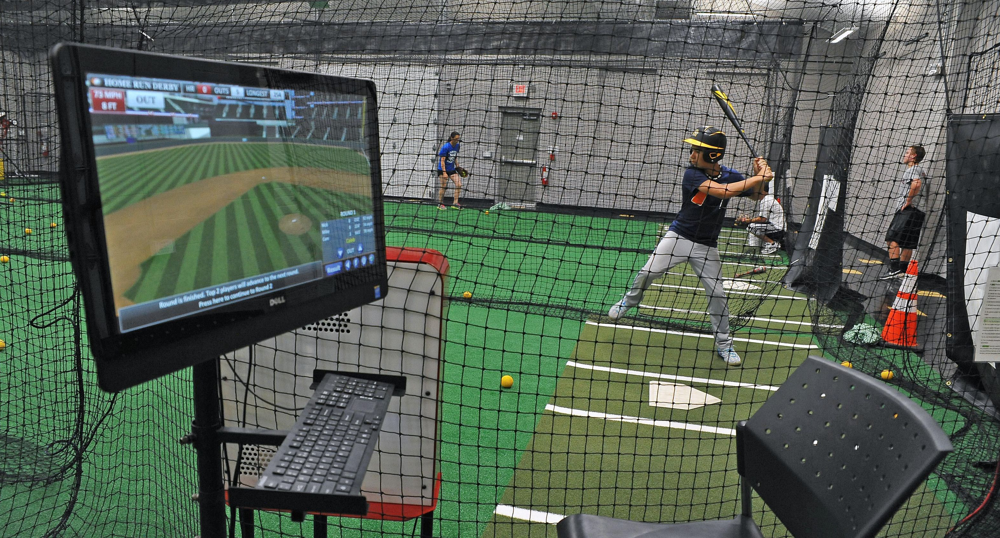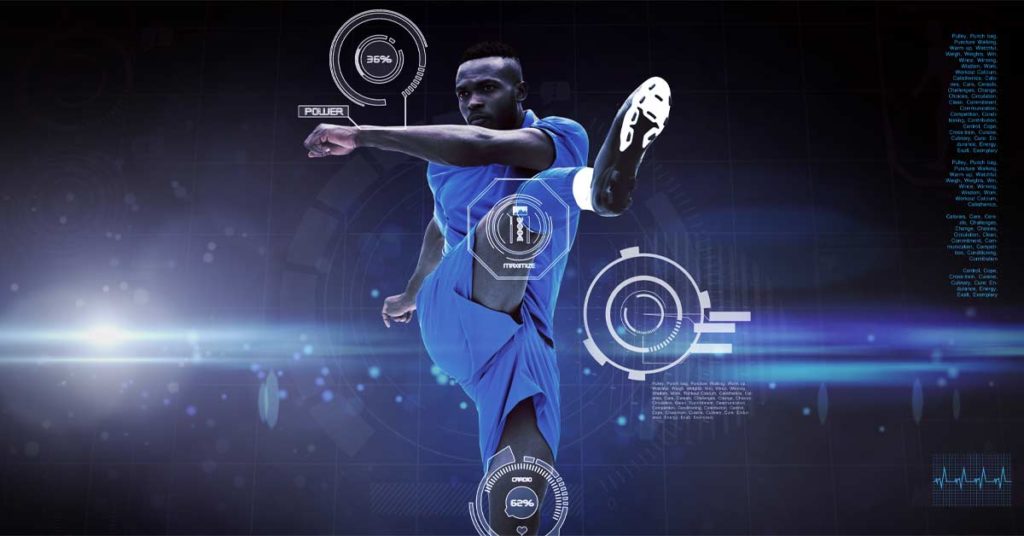Technology has had a profound impact on the world of sports, from improving athletes’ performance to enhancing fan engagement. As the latest tech continues to advance, the possibilities for its use in sports are endless. In this article, we’ll explore the impact of technology on sports and how it has changed the way we watch and play sports.
Data analytics and performance tracking
One of the most significant impacts of technology on sports is the use of data analytics and performance tracking. Athletes and coaches can now collect and analyse vast amounts of data to improve their training, strategy, and performance. Wearable techs, such as fitness trackers and smartwatches, can monitor an athlete’s heart rate, sleep patterns, and other biometric data to optimise their training and recovery.
Data analytics and performance tracking also allow coaches and analysts to analyse gameplay and provide real-time feedback to athletes. For example, in football, coaches can view instant replays thanks to VAR (Video Assistant Referee) to review and analyse plays, while in tennis, software called Hawk-Eye can track the ball’s trajectory to determine whether it landed in or out of bounds.

Virtual and Augmented Reality
Virtual and augmented reality technologies have also had a significant impact on sports, providing new ways for fans to experience and interact with the sport. Virtual reality headsets can transport fans to the sidelines of a game, allowing them to experience the action as if they were there. Augmented reality can enhance the fan experience by providing real-time statistics and analysis during a game or overlaying virtual graphics onto the physical environment.
In sports training, virtual and augmented reality can also simulate game scenarios and environments, allowing athletes to train in a safe and controlled environment. For example, a quarterback in football can practice game-winning plays in a virtual stadium, simulating the pressure and intensity of a real game.
Fan engagement and media coverage
Technology has revolutionised the way we watch and consume sports. With the rise of social media, fans can now engage with their favourite athletes and teams in new ways. Social media platforms such as Twitter, Facebook, and Instagram allow athletes and teams to interact with fans, share behind-the-scenes content, and build their brands.
Technology has also changed the way we consume sports media. Streaming services and online platforms have made it easier than ever to watch live sports and access on-demand content. With the rise of personalised content and recommendation algorithms, fans can now curate their sports media experience and access content tailored to their interests.

Challenges and controversies
While technology has brought many benefits to sports, it has also created challenges and controversies. One of the most significant challenges is the use of performance-enhancing drugs and the difficulty of detecting them. Technology has also raised concerns about the privacy and security of athlete data and the potential for data breaches.
In addition, technology has created controversies around instant replay and referee decisions. While instant replay technology can improve the accuracy of calls, it can also slow down the pace of the game and disrupt the flow of play.
Closing thoughts
Technology has had a significant impact on sports, from improving athletes’ performance to enhancing fan engagement. As technology continues to advance, the possibilities for its use in sports are endless. While there are challenges and controversies surrounding the use of technology in sports, it has undoubtedly changed the way we watch and play sports, and it will continue to shape the future of the sports industry.
For even more general posts like this one, click right here. Feel free to follow us on our socials to make sure you don’t miss out on any of our latest content.





